Galaxy
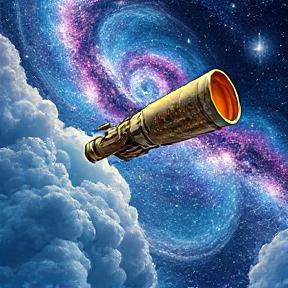
NASA Announces Plan to Map Milky Way With Roman Space Telescope
NASA Announces Plan to Map Milky Way With Roman Space Telescope NASA’s Nancy Grace Roman Space Telescope will conduct a Galactic Plane Survey to map the Milky Way galaxy in unprecedented detail, revealing tens of billions of stars and exploring previously uncharted structures. The survey will cover nearly 700 square degrees of the galaxy’s disk-shaped […]
🔬 Science
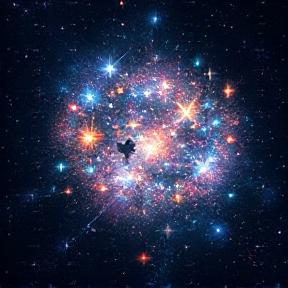
Massive Stars Make Their Mark in Hubble Image
Massive Stars Make Their Mark in Hubble Image The Hubble Space Telescope has captured an image of Markarian 178 (Mrk 178), a blue dwarf galaxy located 13 million light-years away, featuring a unique blend of young stars and rare massive Wolf-Rayet stars. Mrk 178 is one of over 1,500 Markarian galaxies, named after Armenian astrophysicist […]
🔬 Science

A Rare Gourd
A Rare Gourd NASA’s Hubble Space Telescope captured an image of the Calabash Nebula, showing the death of a low-mass star. The star is undergoing a rapid transformation from a red giant to a planetary nebula, expelling its outer layers into space. The ejected material is moving at incredible speeds, with gas shown in yellow […]
🔬 Science
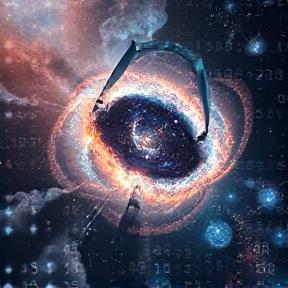
Hubble Seeks Clusters in ‘Lost Galaxy’
Hubble Seeks Clusters in ‘Lost Galaxy’ Hubble Space Telescope has released a new image of the “Lost Galaxy” NGC 4535, which is located 50 million light-years away in the constellation Virgo. The galaxy features young star clusters and H II regions, which are signs of massive stars that have recently formed and are heating up […]
🔬 Science
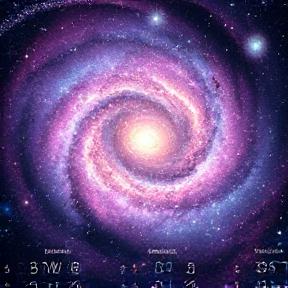
Hubble Studies Star Ages in Colorful Galaxy
Hubble Studies Star Ages in Colorful Galaxy Hubble Space Telescope has captured an image of the spiral galaxy NGC 6000, located 102 million light-years away, showcasing stars of various ages and colors. The galaxy’s center features older, smaller stars with a glowing yellow hue, while its outskirts boast brilliant blue star clusters hosting young, massive […]
🔬 Science
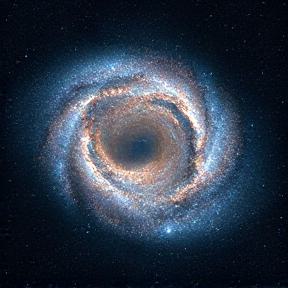
Hubble Captures Puzzling Galaxy
Hubble Captures Puzzling Galaxy Hubble Space Telescope captures an image of NGC 2775, a galaxy that’s hard to categorize as either spiral or elliptical due to its unique features. The galaxy has a smooth, featureless center and a dusty ring with patchy star clusters, which could indicate it merged with other galaxies in the past. […]
🔬 Science
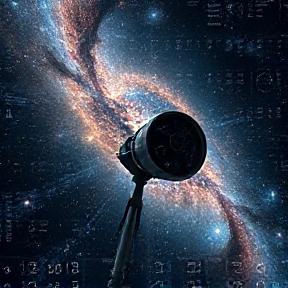
Hubble Spies Galaxy with Lots to See
Hubble Spies Galaxy with Lots to See Hubble Spies Galaxy with Lots to See: The NASA/ESA Hubble Space Telescope has captured a stunning image of galaxy NGC 7456, located over 51 million light-years away in the constellation Grus. Galaxy Details Revealed: The Hubble image reveals fine detail in the galaxy’s patchy spiral arms, clumps of […]
🔬 Science
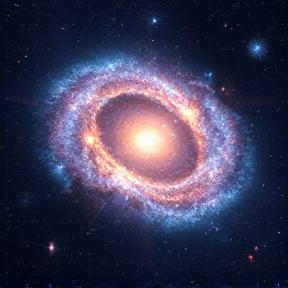
Hubble Homes in on Galaxy’s Star Formation
Hubble Homes in on Galaxy’s Star Formation Hubble Space Telescope has released a new image of galaxy Messier 96, showcasing its asymmetric spiral arms and off-center galactic core. The latest image combines data from observations in ultraviolet, near infrared, and visible/optical light, revealing regions of ionized hydrogen and nitrogen that help astronomers study star formation. […]
🔬 Science
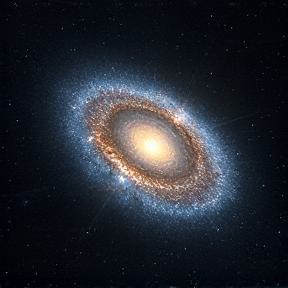
Hubble Examines Low Brightness, High Interest Galaxy
Hubble Examines Low Brightness, High Interest Galaxy Hubble Space Telescope has captured an image of the spiral galaxy NGC 45, which lies just 22 million light-years away in the constellation Cetus. The galaxy is a low surface brightness galaxy, meaning it appears fainter than the night sky itself due to having relatively few stars for […]
🔬 Science
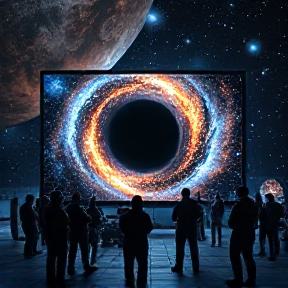
Team identifies the universe’s earliest confirmed black hole
Team identifies the universe’s earliest confirmed black hole A team of astronomers has identified the most distant black hole ever confirmed, located 500 million years after the Big Bang, at a distance of 13.3 billion years into the past. The discovery was made using data from the James Webb Space Telescope’s CAPERS program and provides […]
🔬 Science
